W-4 Form: Tax Withholding Tips to Optimize Your Taxes This Year
What is a W-4? What does it tell your employer? Knowing how this IRS form works can help with new jobs, tax refunds, and avoiding estimated tax payments.

Kate Schubel
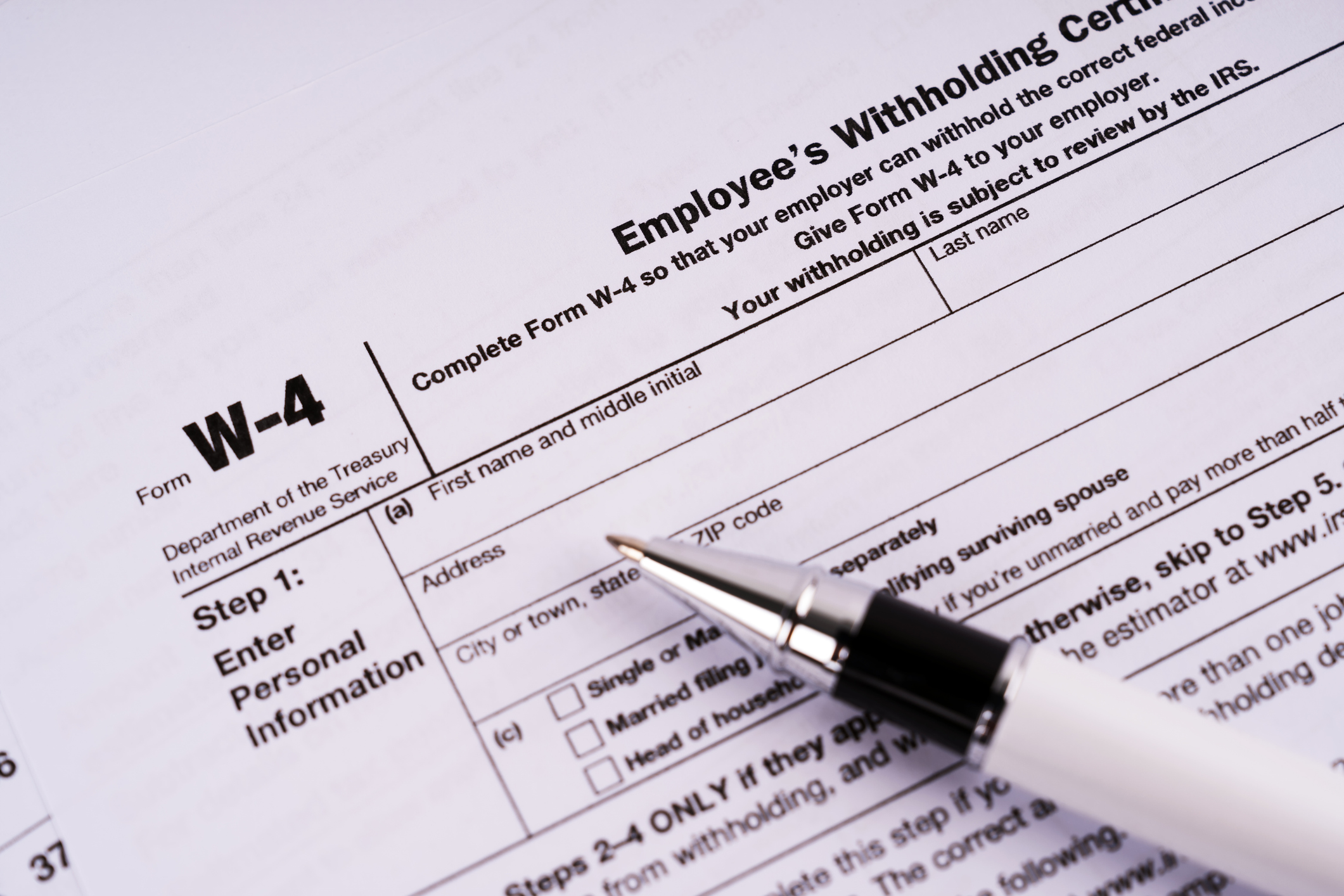
When you start a new job, your employer will ask you to complete a W-4 form. The IRS W-4 helps determine the correct amount of income tax your employer will withhold from your wages.
But how does it do that? And where do you go if you want to update your W-4?
We'll cover what this important tax document is, and then list ten key items stressing the importance of correctly filling out and updating the W-4 form. After that, we’ll briefly mention common mistakes with the W-4, how state withholding forms may differ from federal, and a couple of ways to avoid over-withholding in 2026.
In the news: Several new changes are coming to federal tax withholding next year that could get you well over $1,000 in tax savings, if you qualify. For more information, check out Kiplinger's report, Three Critical Tax Changes Could Boost Your Paycheck in 2026.
What is a W-4?
The IRS Form W-4, Employee's Withholding Certificate, is a tax document you fill out so your employer knows how much tax to withhold from every paycheck.* Information like expected filing status, family income from other jobs, and number of dependents are used to calculate how much taxes must be withheld from your payment and remitted to the applicable tax agency.
*Note: Self-employed individuals and those with other tax situations may also use the W-4 form to calculate withholding; more on that below.

1. You can correct a W-4 tax form at any time
You can correct a W-4 form anytime, but you are not required to file one yearly. If you are happy with your current tax withholding, you can leave your current Form W-4 in effect with your employer.
However, you must complete a W-4 form to….
Start a new job. This is the only way your new employer will know how much federal income tax to withhold from your wages.
“Correct” a W-4. If you want to adjust the amount of tax your current employer withholds from your paycheck.
Ideally, you want your annual withholding and tax liability for the year to be close so that you don't owe a lot or get back a lot when you file your return. (Remember, a large tax refund means you gave the IRS an interest-free loan).
If your tax withholding is off track, submitting a new W-4 can help. That is especially important if you have a significant change in your life, such as getting married, having a child, or buying a home.

2. What is the easiest way to fill out a W-4?
The W-4 form can be relatively easy if you only have one job, and your taxes are simple. “Simple” means:
- You are not filing a joint return with a working spouse.
- You don’t have dependents.
- You’re not itemizing or claiming deductions other than the standard deduction.
- You’re not claiming any tax credits.
- You don’t have non-employment income.
If all those are true, you only have to provide your name, address, Social Security number, and filing status. Then you must sign and date the W-4 form.
Your employer will compute your tax withholding based on the standard deduction and income tax rates for your filing status, with no other adjustments.
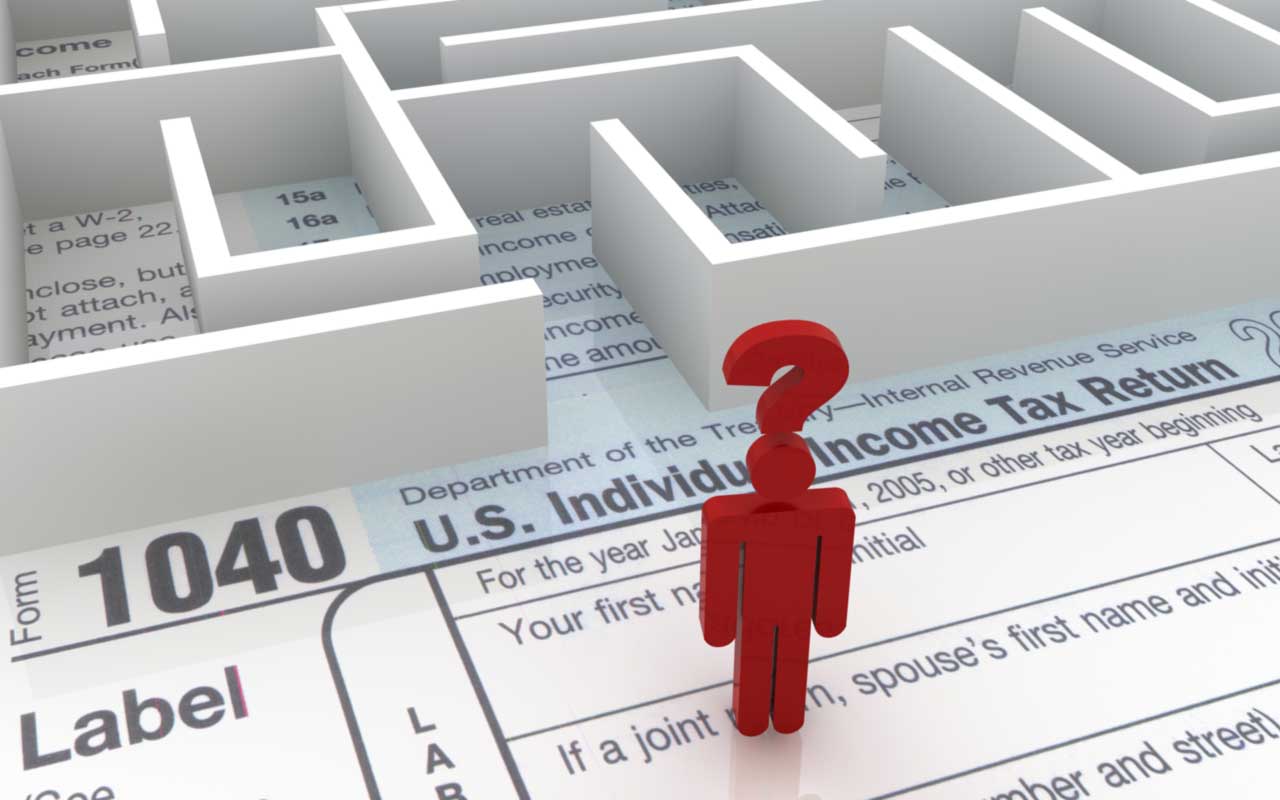
3. Will I need my W-4 from last year to fill out a new form?
Yes, if your taxes are more complicated, completing a W-4 form will probably take you more time, and you may need your prior year’s filing.
For example, when new hires fill out a W-4 form, they may need to look up information from their last tax return to get information about total deductions from the previous tax year, the child tax credit, and how much non-wage income they reported.

4. What you can claim on a W-4 with two jobs or a working spouse
Having multiple jobs or a working spouse can affect the tax withheld from your wages. This is because, as income rises, so do tax rates. But only one standard deduction can be claimed on each tax return (regardless of the number of jobs).
As a result of this, you’ll see more money being withheld from the combined pay for all the jobs your household has (than would be withheld if each job was considered by itself).
This may cause you to make adjustments to your withholding to avoid owing additional tax and perhaps penalties when filing your tax return.
Fortunately, the W-4 form has a section where you can provide information about additional jobs and working spouses so that your withholding can be adjusted accordingly.
Note: The IRS recommends completing a W-4 for all your jobs to get the most accurate withholding. (By “accurate,” the agency means having total withholding as close to your expected tax liability as possible.)

5. How do I claim a child on my W-4 and can I claim other tax deductions?
The W-4 form allows you to adjust your withholding to account for certain tax credits and deductions. You can add these amounts by filling out the provided lines on the W-4 form:
Step 3. Workers can factor in the child tax credit and the credit for other dependents on this step of the form. You can also include estimates for other tax credits, such as education credits or foreign tax credits.
Line 4(b). For deductions, it's important to note that you should only enter deductions other than the basic standard deduction. So, you can include itemized deductions on this line. If you take the standard deduction, you can also include other deductions, such as those for student loan interest and IRAs.
If you have multiple jobs or a working spouse, complete Step 3 and Line 4(b) on only one W-4 form. It should be the form for the highest-paying job to get the most accurate withholding.
Including tax deductions and credits on the form will decrease the amount of tax withheld, which will increase the amount of your paycheck and reduce any refund you may get when you file your tax return.
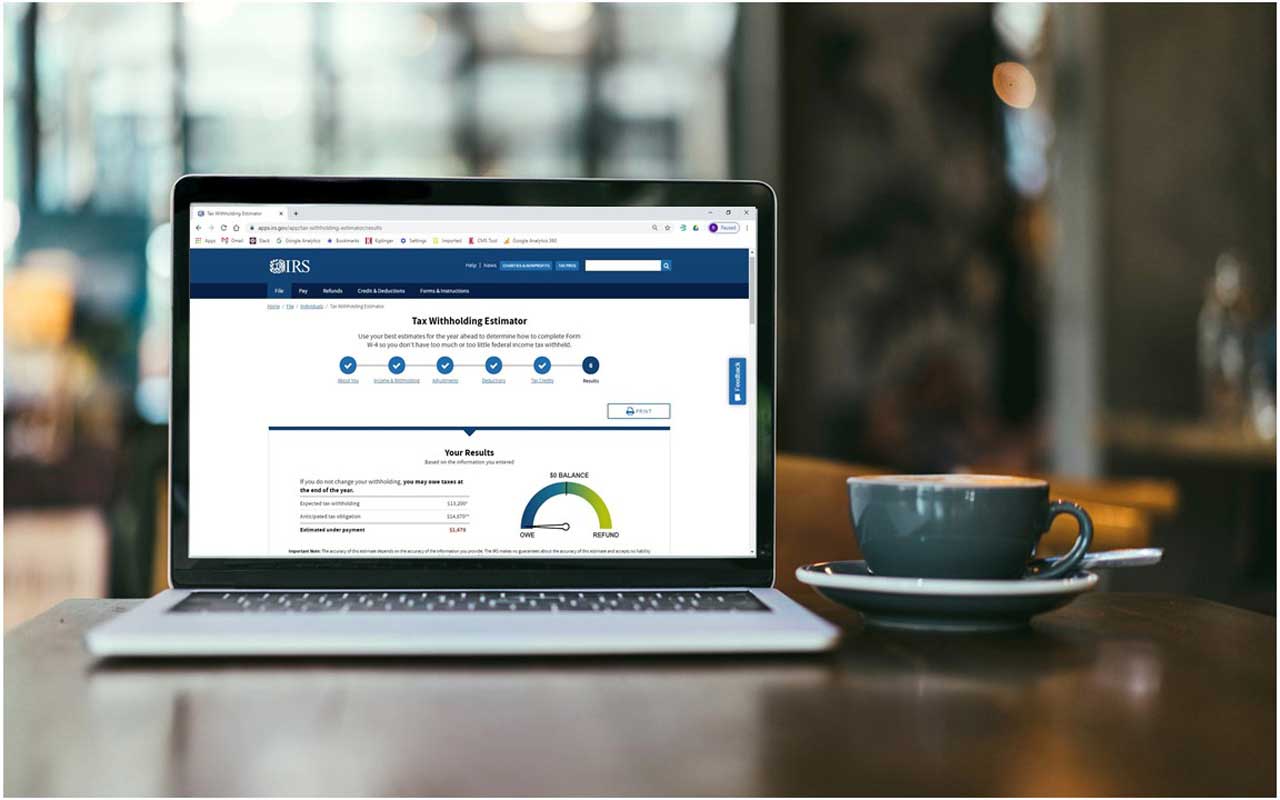
6. The IRS withholding estimator can be a helpful tool for the W-4
To get the most accurate withholding, you can use the IRS's Tax Withholding Estimator to help you fill out the W-4 form. You will also want to use this tool for a variety of reasons:
- If you expect to work only part of the year.
- Have dividend income or capital gains subject to additional taxes (e.g., the additional Medicare tax).
- Have self-employment income.
You will also want a few things by your side before you start using the tool — you'll need them as a source of information.
For example, have your most recent federal income tax return handy. You will also need your most recent pay stub (your spouse's, too, if you're married).
Collect information for other sources of income as well, such as invoices, statements, and 1099 forms.

7. How to change the W-4 to withhold more
If you receive taxable income that isn't from wages, like interest, dividends, or distributions from a traditional IRA, you can have your employer withhold tax from your paycheck to cover the extra taxes.
Just put the estimated total amount of this income for the year on Line 4(a) of your W-4 form, and your employer will calculate the proper withholding amount for each pay period. Don't include income from a side gig on Line 4(a).
For self-employment income where you still need to pay your taxes — keep reading! We’ll cover more information on how to get your boss to withhold tax from your regular paycheck.

8. Can you fill out a W-4 for a side hustle?
Suppose you have a side job as an independent contractor (i.e., not an "employee"). In that case, you can use the W-4 form to have extra taxes withheld from your regular job's paycheck to cover your side job, too (instead of making estimated tax payments for your second job).
To do this, you can follow these steps:
- Pay self-employment taxes through withholding from your regular job wages.
- Don’t include self-employment income as "other income" on Line 4(a) — that line is only for income, not from a job.
- Be sure to use the IRS's Tax Withholding Estimator tool if you need a preview of your withholding.
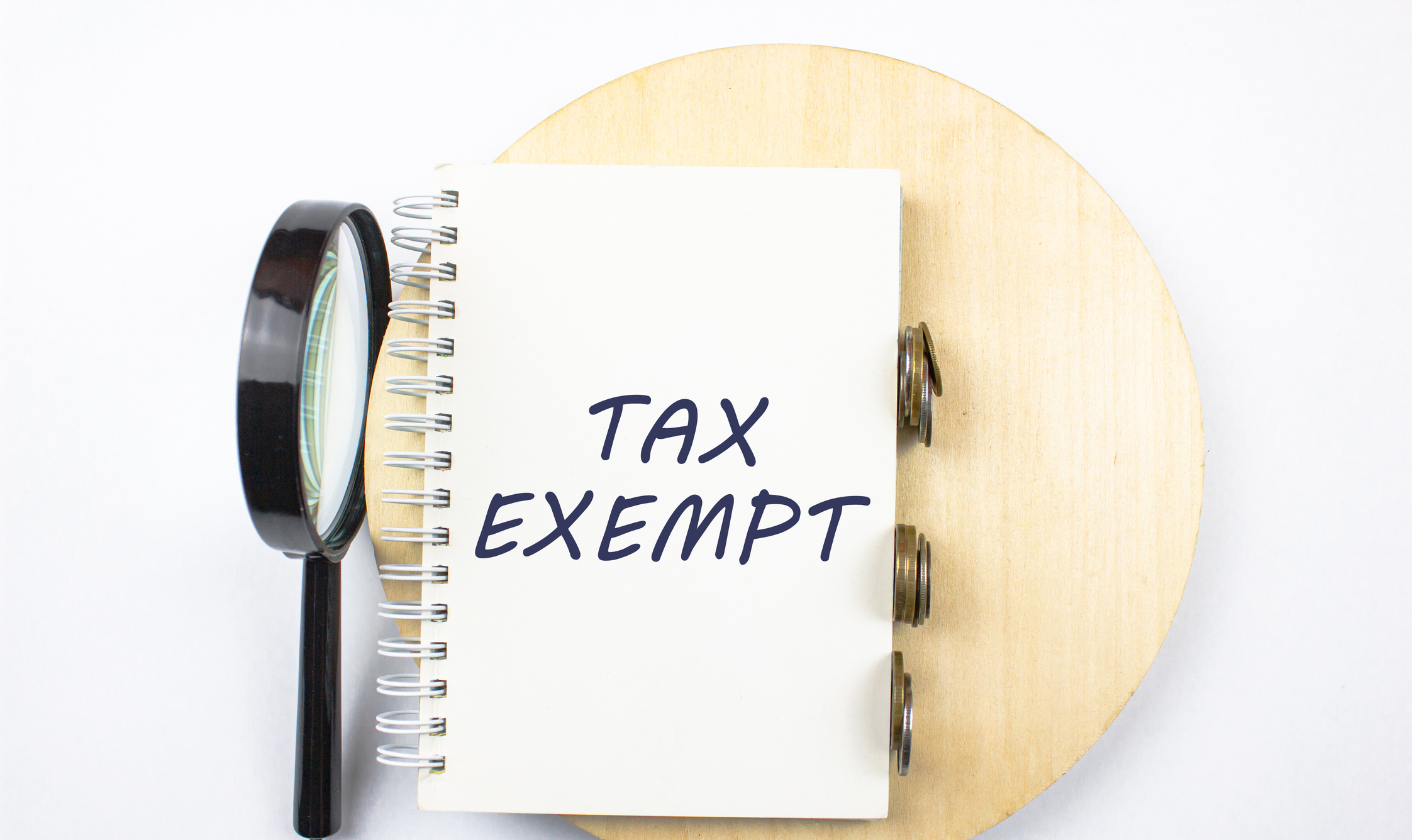
9. Claiming an exemption from withholding
You can claim an exemption from withholding on a W-4 form. However, you should make sure you qualify.
You qualify for an exemption in 2025 if:
- You had no federal income tax liability in 2024, AND
- You expect no federal income tax liability in 2025 (if your total expected income for 2025 is less than the standard deduction amount for your filing status, then you satisfy the second requirement).
While there isn't a particular line for this on the form, you can claim an exemption by writing "Exempt" in the space below Line 4(c) if you qualify. You must also provide your name, address, Social Security number, and signature.
Note: If you claim an exemption, you will not have income tax withheld from your paycheck, and you may owe taxes when you file your return. You might be hit with an underpayment penalty. Additionally, an exemption is good for only one year, so you must reclaim it yearly.

10. Getting a tax refund for excess withholding
If you wish, you can adjust your W-4 form to generate a larger tax refund (or refund in general).
Although the tax withholding system aims to produce the most accurate withholding, you can add an extra amount on Line 4(c) for "extra withholding" to increase your income tax withholding and reduce your paycheck. That will either increase your tax refund or decrease any tax you owe when you file your tax return.
If you have a specific refund amount, let the IRS's Tax Withholding Estimator tell you how much to put down on Line 4(c). You can even download a W-4 form with the appropriate amount preloaded on Line 4(c).
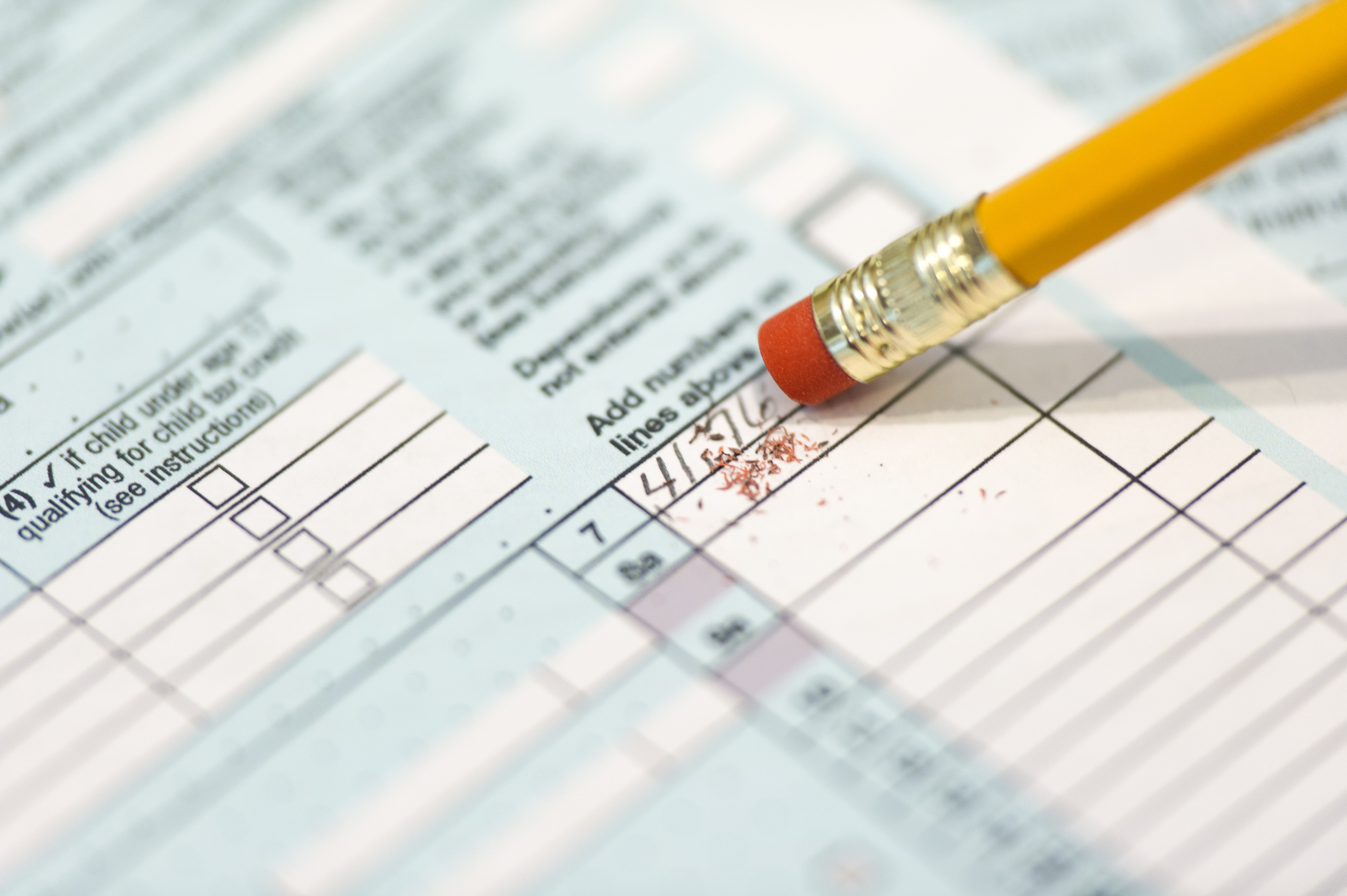
Common mistakes with the W-4
While filling out a W-4 can be straightforward, accidents may occur. For instance, you could:
- Misremember claiming a credit on last year’s tax filing and accidentally enter invalid data on this year’s.
- Mistakenly fill out inapplicable sections of the W-4 (you’re only required to complete sections one and five – all others depend on your individual tax situation).
However, some common mistakes for W-4 forms happen at the employer level.
Employers should never fill out your form for you. Nor should they tell you how to enter your information. Your employer may also miskey information when typing up your paper form, or accept incomplete W-4s accidentally.
If you have any doubts about how your W-4 was filed, email your payroll department and ask to see a copy of your withholding certificate. You can also follow up with them on any questions you may have.

Avoid over-withholding taxes in 2026
If you're a tipped employee or someone who typically works overtime, you'll definitely want to revisit your W-4 Form next year. That's because the big GOP tax cut and spending bill, dubbed the "one big beautiful bill," has introduced new temporary IRS deductions:
- The "no tax on tips" deduction is for tipped employees who receive "voluntary cash and charge tips." The tax break is worth up to $25,000, though certain income rules and other eligibility requirements apply.
- The overtime tax deduction is for employees who work more than 40 hours a week and is also worth up to $25,000 (income rules and other eligibility requirements apply).
While both tax breaks will be effective for the 2025 tax year, the IRS has not released a new 2025 W-4 Form.
Instead, the IRS will add specific lines to the 2026 W-4 to account for these deductions. So if you qualify for the tipped income or overtime tax deduction next year, you'll need to adjust your withholding in 2026. Otherwise, you could be giving the federal government an interest-free loan until tax filing time.
Note: Only specific jobs qualify for the overtime and tip tax deductions. See IRS guidance for more information.

State tax withholding
It’s important to note that you may be subject to more than just federal withholdings. State W-4s can apply to your taxes and depend on your state’s rules for tax withholding.
For example, New Mexico doesn’t have a state-specific W-4, so the federal withholding form is used for state tax collections. Other states, like Alabama and Oklahoma, have their own withholding tax forms.
Of course, states with no income tax don’t have a withholding certificate at all. Visit your state’s Department of Taxation website to see if you’re required to complete one, or ask your employer for more information.
Read More
- A Guide to All 1099 IRS Tax Forms to Know
- Types of Income the IRS Doesn't Tax
- What is Taxable Income?
- How to Lower Your Tax Bill Next Year
Profit and prosper with the best of Kiplinger's advice on investing, taxes, retirement, personal finance and much more. Delivered daily. Enter your email in the box and click Sign Me Up.
Rocky Mengle was a Senior Tax Editor for Kiplinger from October 2018 to January 2023 with more than 20 years of experience covering federal and state tax developments. Before coming to Kiplinger, Rocky worked for Wolters Kluwer Tax & Accounting, and Kleinrock Publishing, where he provided breaking news and guidance for CPAs, tax attorneys, and other tax professionals. He has also been quoted as an expert by USA Today, Forbes, U.S. News & World Report, Reuters, Accounting Today, and other media outlets. Rocky holds a law degree from the University of Connecticut and a B.A. in History from Salisbury University.
- Kate SchubelTax Writer
-
 How to Avoid Feeling Too Guilty to Spend in Retirement
How to Avoid Feeling Too Guilty to Spend in RetirementAre you living below your means in retirement because you fear not having enough to leave to your kids? Here's how to get over that.
-
 Strategies for Women to Maximize Social Security Benefits
Strategies for Women to Maximize Social Security BenefitsWomen often are paid less than men and live longer, so it's critical that they know their Social Security options to ensure they claim what they're entitled to.
-
 Dow, S&P 500 Rise to New Closing Highs: Stock Market Today
Dow, S&P 500 Rise to New Closing Highs: Stock Market TodayWill President Donald Trump match his Monroe Doctrine gambit with a new Marshall Plan for Venezuela?
-
 States That Tax Social Security Benefits in 2026
States That Tax Social Security Benefits in 2026Retirement Tax Not all retirees who live in states that tax Social Security benefits have to pay state income taxes. Will your benefits be taxed?
-
 10 Cheapest Places to Live in Washington
10 Cheapest Places to Live in WashingtonProperty Tax Is Washington your go-to ski destination? These counties combine no income tax with the lowest property tax bills in the state.
-
 3 Major Changes to the Charitable Deduction for 2026
3 Major Changes to the Charitable Deduction for 2026Tax Breaks About 144 million Americans might qualify for the 2026 universal charity deduction, while high earners face new IRS limits. Here's what to know.
-
 Retirees in These 7 States Could Pay Less Property Taxes Next Year
Retirees in These 7 States Could Pay Less Property Taxes Next YearState Taxes Retirement property tax bills could be up to 65% cheaper for some older adults in 2026. Do you qualify?
-
 Estate Tax Quiz: Can You Pass the Test on the 40% Federal Rate?
Estate Tax Quiz: Can You Pass the Test on the 40% Federal Rate?Quiz How well do you know the new 2026 IRS rules for wealth transfer and the specific tax brackets that affect your heirs? Let's find out!
-
 Mamdani Millionaire's Tax: Let the New York Exodus Begin?
Mamdani Millionaire's Tax: Let the New York Exodus Begin?State Tax Will higher income taxes drive the wealthy to flee New York in 2026?
-
 Law Reversal Looming? Trump Eyes 2026 Gambling Winnings Tax Change
Law Reversal Looming? Trump Eyes 2026 Gambling Winnings Tax ChangeTax Deductions It's no secret that the IRS is coming after your gambling winnings in 2026. But how long will that last?
-
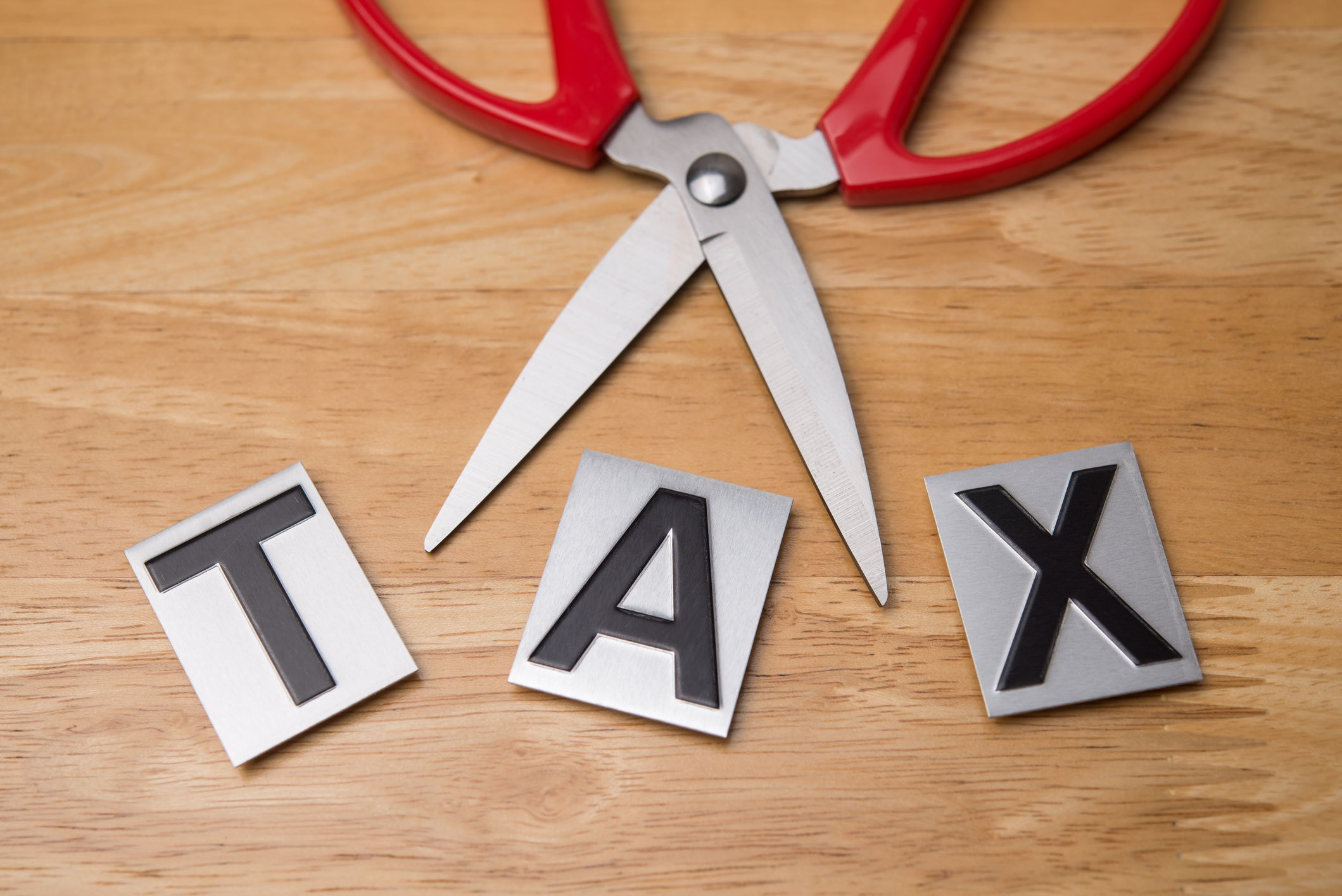 Trump's Plan to Eliminate Income Tax: 7 Things to Know Now
Trump's Plan to Eliminate Income Tax: 7 Things to Know NowTax Policy The potential consequences of eliminating taxes in favor of Trump tariffs could impact everything from inflation to Social Security and might give some U.S. taxpayers pause.

